Human Settlements Class 12 Geography
| Table of contents |

|
| Human Settlements |

|
| Types of Rural Settlements; |

|
| Urban Settlements |

|
| Evolution of Cities |

|
| Urbanisation in India |

|
| Functional Classification of Towns |

|
Human Settlements
Human settlements refer to clusters of dwellings where humans reside, utilizing the surrounding area for economic support. The formation of settlements involves both the grouping of people and the allocation of territory as a resource base.
Types of Settlements
- Rural Settlements: Primarily based on land and engage in primary economic activities such as agriculture. Examples include villages and small hamlets, varying significantly in size and spacing.
- Urban Settlements: Larger and more compact areas focused on secondary and tertiary activities like manufacturing, services, and administration. Urban areas serve as nodes of economic growth, linking rural hinterlands through goods, services, and resources.
Types of Rural Settlements;
1. Clustered Settlements: Compact villages where homes are close together, often around a central point like a market or water source.
- Common Features: Recognizable geometric layouts (rectangular, radial, linear).
- Locations: Common in fertile plains and regions requiring security, like the Bundelkhand region in India or arid areas like Rajasthan for efficient water use.
- Social Structure: Close-knit communities with interconnected social and economic ties.
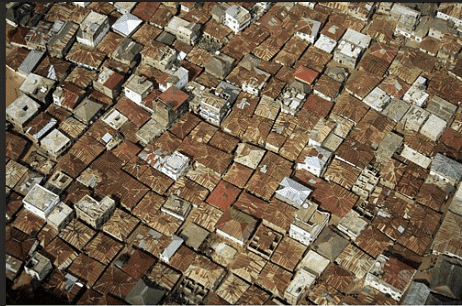
2. Semi-Clustered Settlements: These feature a core cluster with outlying homes, often arising from social segregation within the community.
- Common Features: A central cluster surrounded by more isolated homes, reflecting social hierarchies.
- Locations: Frequently seen in Gujarat and parts of Rajasthan.
- Social Dynamics: Dominant communities often occupy central positions, with lower strata and menial workers on the outskirts.
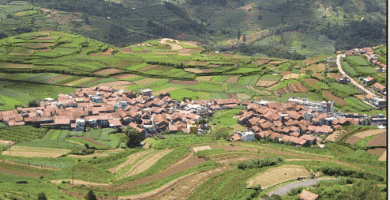
3. Hamleted Settlements: Settlements fragmented into smaller units, each with a common identity but separated physically.
- Common Features: Known locally by various names like panna, para, or palli.
- Locations: Common in the Ganga plain, Chhattisgarh, and the Himalayan valleys.
- Social Factors: Often influenced by social and ethnic diversities within the village.
4. Dispersed Settlements: Consists of isolated dwellings scattered over a wide area, without a central clustering.
- Common Features: Houses are spread out, each with substantial surrounding land.
- Locations: Found in areas with difficult terrain like hills or dense forests, common in Meghalaya, Uttarakhand, Himachal Pradesh, and Kerala.
- Reasons: Typically results from extreme land fragmentation or the desire for individual farming or living space.
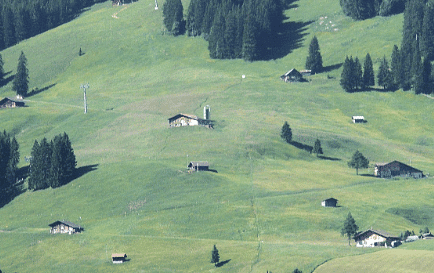
Urban Settlements
Characteristics:
- Compact and Large: Urban areas are generally larger and more compact compared to rural settlements.
- Diverse Economic Functions: Engaged predominantly in non-agricultural activities including industrial, administrative, and service-oriented functions.
Connections with Rural Areas:
- Functional Linkages: Cities are intricately linked to surrounding rural areas, facilitating the exchange of goods and services.
- Direct and Indirect Connections: This exchange occurs both directly and via intermediary market towns and cities, establishing a network that connects urban and rural settlements and interlinks cities themselves
Evolution of Cities
1. Ancient Towns
- Origins: Over 2000 years, developed as centers for religion, culture, and trade.
- Examples: Varanasi, Prayag (Allahabad), Pataliputra (Patna), Madurai.
- Features: Often located along riverbanks, facilitating trade and transport.
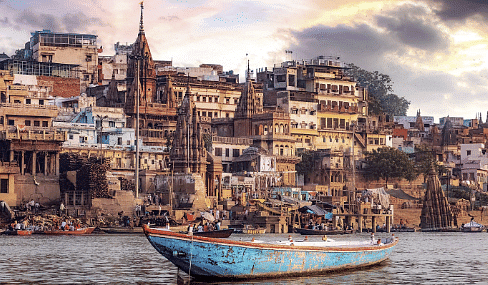
2. Medieval Towns
- Development: Emerged around fortifications, serving as administrative and military bases during the era of kingdoms.
- Examples: Delhi, Hyderabad, Jaipur, Lucknow, Agra.
- Characteristics: Characterized by significant architectural developments like forts and palaces.
3. Modern Towns
- Colonial Influence: Marked by European, especially British, establishment and expansion.
- Strategic Locations: Initially coastal trading ports like Surat and Goa; later, major administrative centers like Mumbai, Chennai, and Kolkata.
- Post-Independence Growth: Development of new administrative and industrial cities like Chandigarh and Durgapur; expansion of metropolitan and satellite towns.
- Planning and Infrastructure: Involved planned development with modern infrastructure and diverse economic bases.
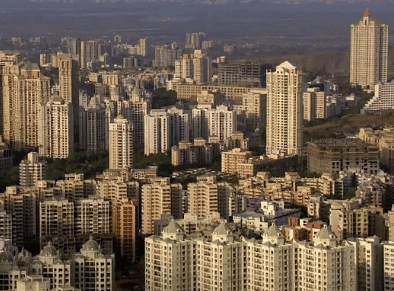
Urbanisation in India
Urbanization Level
- 2011: Urbanization was at 31.16%, relatively low compared to developed countries.
Growth Trends
- Urban population increased eleven-fold during the 20th century.
- Growth has been driven by the expansion of existing urban centers and the development of new towns.
Recent Developments
- The growth rate of urbanization has slowed in the last two decades.
Functional Classification of Towns
1. Administrative Towns: These towns serve as the administrative headquarters for higher levels of government.
- Examples: Chandigarh, New Delhi, Bhopal, Shillong, Guwahati.
- Characteristics: Typically feature government buildings, offices, and often host regional or national political activities.
2. Industrial Towns: Towns where the primary economic activity is manufacturing or industrial production.
- Examples: Jamshedpur, Bhilai, Hugli, Coimbatore.
- Characteristics: Dominated by factories, industrial parks, and often have a workforce primarily engaged in industrial sectors.
3. Transport Cities: Key nodes in the transportation network, facilitating the movement of goods and people.
- Types:
- Port Cities: Engaged in import and export activities, such as Kandla and Kochi.
- Inland Transport Hubs: Critical for rail and road networks, like Mughalsarai and Itarsi.
- Characteristics: Infrastructure includes major ports, railways, highways, and bus terminals.
4. Commercial Towns: Specialize in trade and commerce.
- Examples: Kolkata, Saharanpur, Satna.
- Characteristics: Hosts significant business districts, markets, and trade centers.
5. Mining Towns: Located in mineral-rich areas and primarily engaged in mining activities.
- Examples: Raniganj, Jharia, Digboi.
- Characteristics: Often dependent on a particular mineral resource, with economies tied closely to the fortunes of the mining industry.
6. Garrison Cantonment Towns: Developed around military installations.
- Examples: Ambala, Jalandhar, Udhampur.
- Characteristics: Features military bases, training facilities, and housing for armed forces personnel.
7. Educational Towns: Known for their educational institutions and campuses.
- Examples: Roorkee, Varanasi (Banaras Hindu University), Aligarh (Aligarh Muslim University).
- Characteristics: Presence of universities and colleges that draw students from various regions.
8. Religious and Cultural Towns: Towns with significant religious or cultural importance.
- Examples: Varanasi, Mathura, Puri, Madurai.
- Characteristics: Often host major religious festivals, temples, and cultural heritage sites.
9. Tourist Towns: Attract visitors for their natural beauty, history, or recreational facilities.
- Examples: Nainital, Mussoorie, Shimla, Jaisalmer.
- Characteristics: Equipped with hotels, resorts, and tourist attractions.
|
50 videos|338 docs|37 tests
|
FAQs on Human Settlements Class 12 Geography
| 1. What are the different types of rural settlements? |  |
| 2. How have cities evolved over time? |  |
| 3. What is urbanisation and how has it impacted India? |  |
| 4. How are towns classified based on their functions? |  |
| 5. What are some important factors to consider when studying human settlements? |  |
















